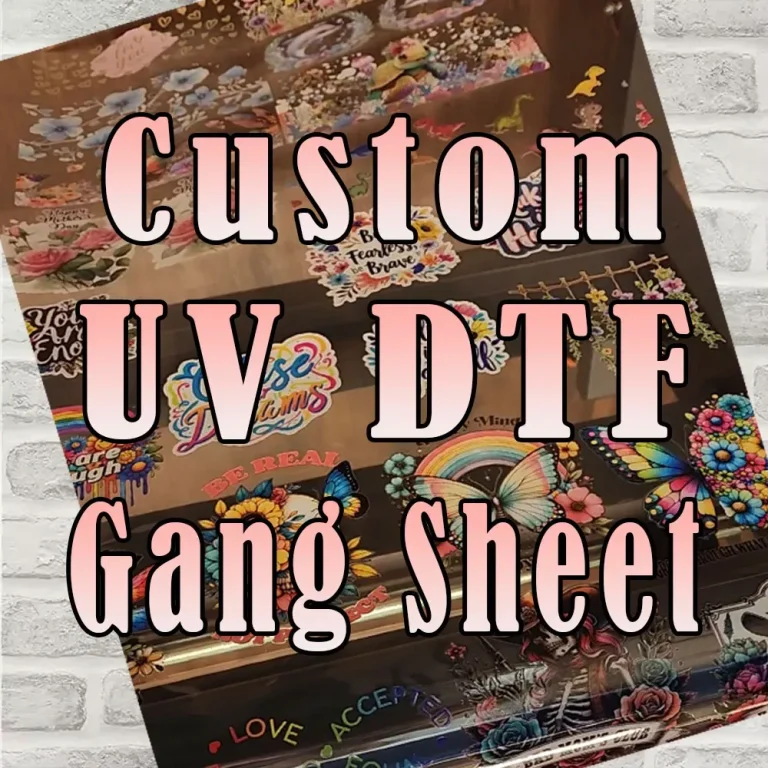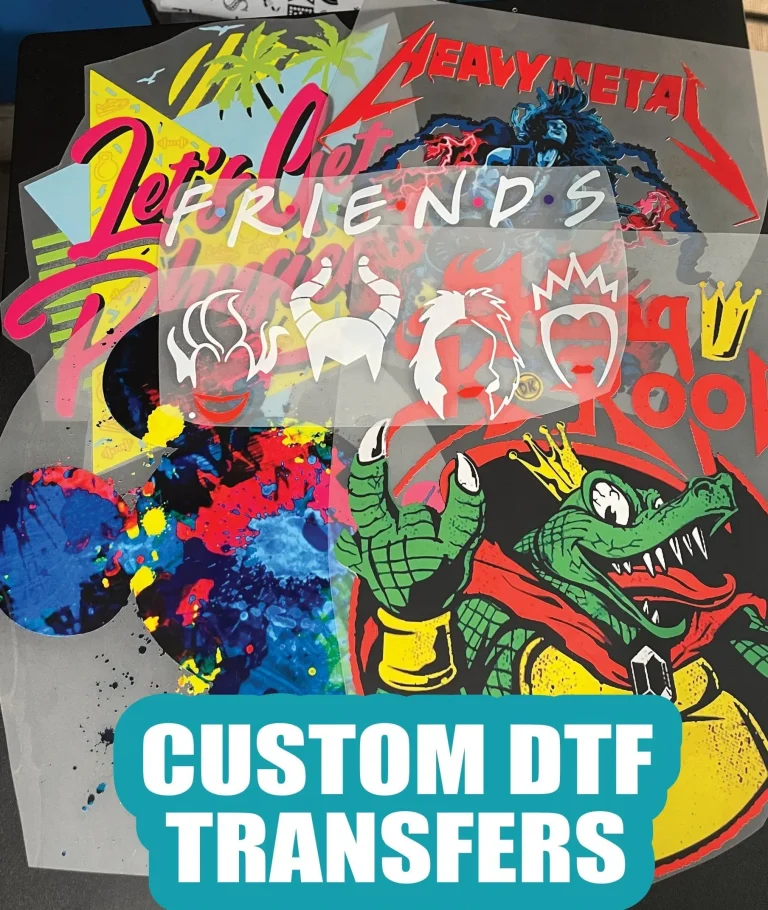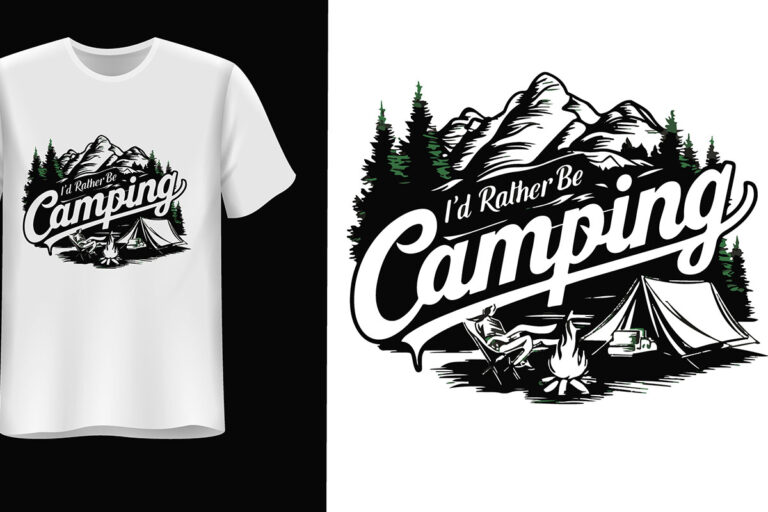DIY DTF Transfers: Your Complete Beginner’s Toolkit
DIY DTF Transfers have opened up new possibilities for those passionate about creating custom apparel. This innovative method of Direct-to-Film (DTF) printing allows anyone—regardless of experience—to produce vibrant and intricate designs that can be seamlessly transferred onto a variety of fabrics. For beginners eager to dive into this exciting craft, understanding the basics of DTF transfer equipment and how to use DTF transfers is vital for achieving stunning results. In this article, we will guide you through essential techniques and provide a comprehensive DTF printing tutorial to set you on the right path. Whether you’re looking to make unique clothing items or simply explore your artistic side, mastering DIY DTF transfers offers a fulfilling and creative outlet.
The world of custom apparel has seen a remarkable shift with the advent of transfer printing techniques, particularly DIY DTF Transfers. This method, which stands for Direct-to-Film printing, allows enthusiasts to effortlessly create and apply intricate designs onto fabrics. Beginners who are curious about how to use these innovative transfers will find that with the right DTF transfer equipment, they can achieve professional-quality outcomes in no time. This guide aims to provide insights into the fundamentals of transfer printing, making it an excellent resource for those who want to experiment with creating their own unique pieces. Embrace the art of apparel customization with this comprehensive overview of DTF printing and the endless projects it unlocks.
Understanding DTF Printing for Beginners
Direct-to-Film (DTF) printing has gained significant popularity among beginners in the custom apparel world. This innovative technique allows users to print vibrant designs onto a specialized film, which can then be transferred onto a variety of fabrics using a heat press. For beginners, DTF printing offers a simplified process compared to traditional methods, eliminating the need for complex screen printing or direct-to-garment methods. This ease of use makes DTF printing an attractive option for those looking to create their own unique apparel without the steep learning curve.
Moreover, DTF printing is celebrated for its versatility. It can be used on numerous fabric types, including cotton, polyester, and their blends, allowing users to expand their creativity across different garment styles. Whether you’re looking to create custom t-shirts, hoodies, or other fabric products, DTF printing provides a vibrant solution that stands out due to its rich color reproduction and durability.
Essential Equipment for DIY DTF Transfers
When embarking on your DIY DTF transfer journey, having the right equipment is essential. A quality DTF printer is at the heart of this process, with options like the Epson EcoTank series being highly recommended. These printers support modified ink systems that are ideal for DTF printing. Investing in a reliable DTF printer not only improves your print quality but also simplifies the maintenance and refill processes, allowing you to spend more time creating and less time troubleshooting.
In addition to a DTF printer, you will also need high-quality DTF transfer film and a dependable heat press machine. The transfer film is crucial, as it needs to withstand the high temperatures of the heat press while ensuring the designs adhere correctly to the fabric. Selecting an effective heat press will offer adjustable temperature and pressure settings, ensuring the proper application of your transfers. Together, these tools create the foundation for your successful DTF printing setup.
How to Use DTF Transfers Effectively
Mastering the application of DTF transfers involves a few critical steps. First, you must print your design onto the DTF film, ensuring that your printer settings are optimized for the best quality output. After printing, it’s critical to sprinkle adhesive powder over the still-wet ink, as this plays a vital role in bonding the ink to the fabric. Following this, curing the adhesive powder using a heat press is essential to ensure a long-lasting transfer.
Once cured, the final step is transferring your design onto your chosen fabric. This process requires not just the correct temperature and pressure settings, but also timing and cooling techniques to achieve the best results. By following these steps carefully, you can produce stunning finished products that not only look professional but also stand the test of time against washes and wear.
DTF Printing Tutorials and Guides
For beginners diving into the world of DTF printing, utilizing online tutorials and guides can greatly enhance your learning experience. Websites like Craftables and Maker’s Row provide in-depth articles and visual aids to help you understand the fundamentals of DTF printing. From selecting the right materials to mastering the heat press technique, these resources can help lay a strong foundation for your DTF journey.
Moreover, platforms like YouTube host countless video tutorials that showcase real-time demonstrations of the DTF printing process. Whether you’re struggling with setting up your printer or looking for creative design ideas, these videos can offer invaluable insights and tips from seasoned professionals. By following these tutorials, beginners can confidently navigate the complexities of DTF printing and quickly develop their skills.
Current Trends in the DTF Printing Industry
DTF printing is currently at the forefront of customization trends in the apparel industry. As consumers increasingly demand personalized items, the ability to create unique designs on various fabric types makes DTF printing an attractive choice for both hobbyists and business owners. The efficiency and quality of DTF printing allow for small batch production, catering to an audience that favors individualized products over mass-produced alternatives.
Additionally, trends such as sustainable and eco-friendly printing solutions are emerging within the DTF community. As customers become more environmentally conscious, many DTF printers are focusing on using water-based inks and recyclable materials, further establishing DTF printing as a modern and responsible choice for custom apparel. Staying ahead of these trends can position your brand for success in a competitive market.
Joining Online DTF Communities for Support
Engaging with online communities is a significant advantage for beginners in the DTF printing arena. Platforms such as Facebook and Reddit are home to numerous groups dedicated to DTF printing, where members share insights, troubleshooting tips, and showcase their latest projects. Being a part of these communities not only provides you with a support system but also fosters a sense of connection among like-minded individuals who share your passion for DIY DTF transfers.
In these online forums, you can learn from the experiences of others, gain access to tutorials and tips, and even find inspiration for your next project. Networking within these communities can help you avoid common pitfalls and enhance your learning curve, empowering you to excel in your DTF printing ventures. Participating in discussions and sharing your projects can also lead to valuable feedback, further improving your skills.
Frequently Asked Questions
What is DIY DTF Transfers and how does it work?
DIY DTF Transfers (Direct-to-Film) involve printing designs onto special film and then heat-pressing them onto fabrics. This method is beginner-friendly and allows for vibrant, durable prints on various materials, making it ideal for custom apparel.
What equipment do I need for DIY DTF printing?
To start with DIY DTF Transfers, you’ll need essential equipment which includes a DTF printer compatible with special inks, high-quality DTF transfer film, a heat press machine, and adhesive powder specifically formulated for DTF processes.
How do I use DTF transfers effectively?
To effectively use DTF transfers, print your design on DTF film, sprinkle adhesive powder while the ink is wet, cure the powder using a heat press, and then transfer the design onto your fabric by applying heat and pressure. This ensures successful adhesion and durability.
Are there any tutorials available for DIY DTF printing?
Yes, there are numerous tutorials available for DIY DTF printing. Websites like Craftables and Maker’s Row offer comprehensive guides, while YouTube hosts various visual tutorials that can help you master the DTF printing process step by step.
What costs should I expect when starting DIY DTF Transfers?
The costs of starting a DIY DTF Transfers setup can range from $300 to $3,000. This includes purchasing a DTF printer ($200-$1,500), heat press machine ($100-$800), transfer film (around $30), and adhesive powder (about $10-$50). It’s advisable to start with budget-friendly equipment.
What are the current trends in DIY DTF printing?
Current trends in DIY DTF printing include a strong demand for customization in the apparel industry. Many crafters use DTF transfers to create unique designs for personalized items, while businesses adopt this method for small batch productions due to its efficiency and high-quality results.
| Key Points | Details |
|---|---|
| Introduction | Direct-to-Film (DTF) transfers allow beginners to create vibrant designs on fabrics using heat. |
| What Are DTF Transfers? | DTF printing involves printing designs onto a special film that is heat-pressed onto fabric. |
| Advantages of DTF Printing | 1. Vibrant colors 2. Durability 3. Versatility |
| Essential Equipment | 1. DTF Printer 2. DTF Transfer Film 3. Heat Press 4. Adhesive Powder |
| Application Process | 1. Printing 2. Adhesion 3. Curing 4. Transfer |
| Cost Considerations | Costs vary from $300 to $3,000 depending on the setup. Breakdown: Printer, Heat Press, Film, Powder. |
| Current Trends | Customization is trending; DTF is favored for unique, personalized designs. |
| Online Communities | Platforms like Facebook and Reddit for sharing tips and experiences. |
Summary
DIY DTF Transfers open up exciting possibilities for crafters looking to create custom apparel prints. This innovative method not only provides vibrant colors and durability but also allows for a wide range of fabric compatibility. By investing in essential equipment such as a DTF printer and heat press, and understanding the application process, beginners can easily dive into the realm of personalized printing. Engaging with online communities and staying updated with trends will further enhance your crafting experience. Embrace DIY DTF Transfers and bring your creative visions to life effortlessly!







